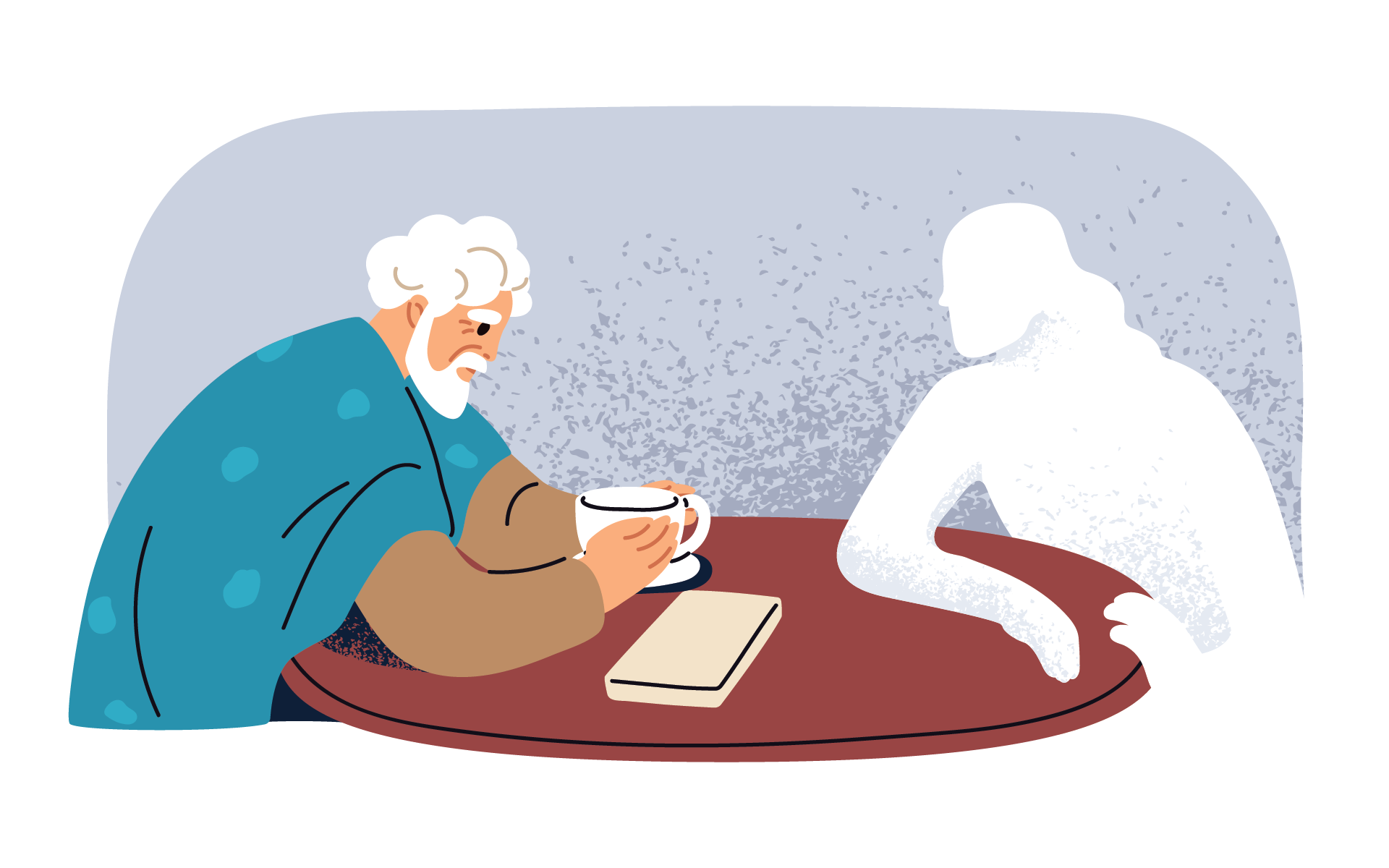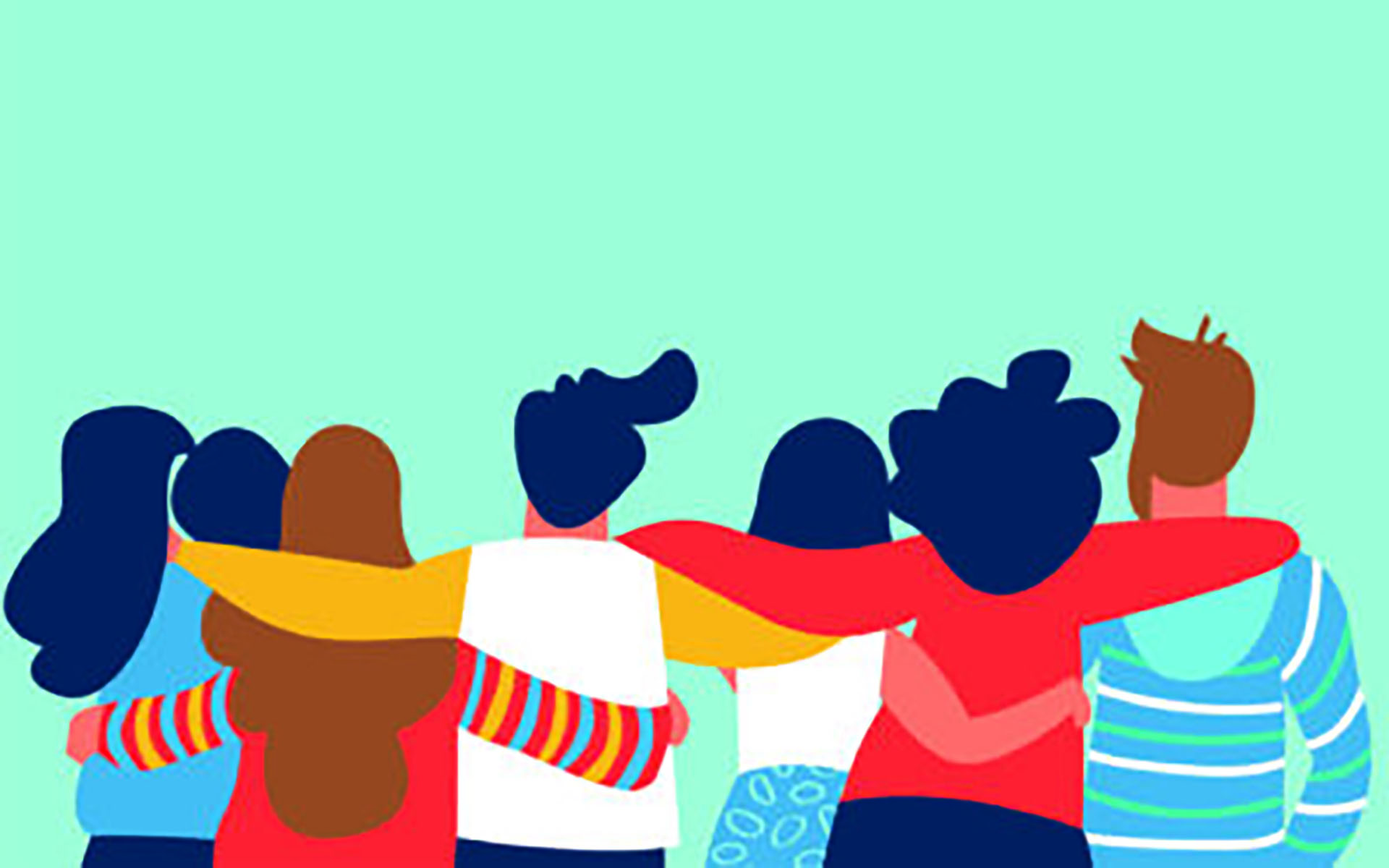 Here’s a result that’s not going to show up on a Hallmark card: romantic love tends to activate the same reward areas of the brain that cocaine does—according to the research.
Here’s a result that’s not going to show up on a Hallmark card: romantic love tends to activate the same reward areas of the brain that cocaine does—according to the research.
So maybe it’s no so surprising that researchers at the Yale School of Medicine found that in the brains of experienced meditators practicing loving-kindness meditation, those reward areas were de-activated.
“When we truly, selflessly wish for the well-being of others, we’re not getting that same rush of excitement that comes with, say, a tweet from our romantic love interest, because it’s not about us at all,” said Judson Brewer, adjunct professor of psychiatry at Yale now at the University of Massachusetts.
From the press release:
The neurological boundaries between these two types of love become clear in fMRI scans of experienced meditators. The reward centers of the brain that are strongly activated by a lover’s face (or a picture of cocaine) are almost completely turned off when a meditator is instructed to silently repeat sayings such as “May all beings be happy.”
Brewer explains why loving-kindness meditation might have this effect on the brain, and what it says about the differences between romantic love and a more selfless kind of love.
“The intent of this practice is to specifically foster selfless love—just putting it out there and not looking for or wanting anything in return. If you’re wondering where the reward is in being selfless, just reflect on how it feels when you see people out there helping others, or even when you hold the door for somebody the next time you are at Starbucks.”
Brewer and Kathleen Garrison, postdoctoral researcher in Yale’s Department of Psychiatry, report their findings in a paper scheduled to be published on February 12 in the online journal Brain and Behavior.







